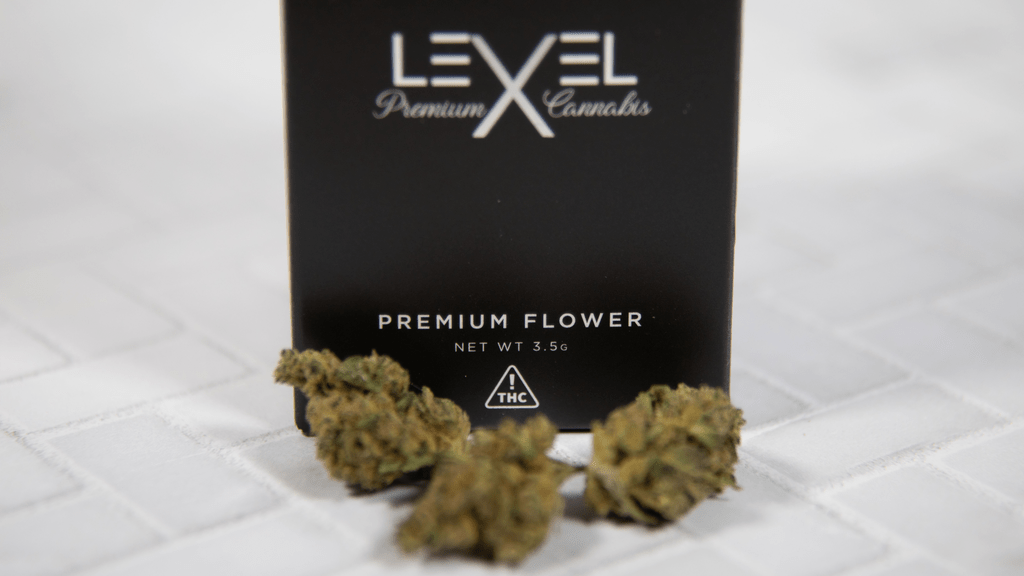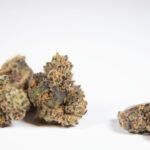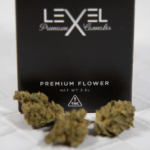In today’s legal cannabis market, the question of whether consumers prioritize potency—typically measured by THC percentage—or popularity—driven by branding, effects, or word‑of‑mouth—is one of growing importance. Contemporary consumer behavior reveals that while THC remains a key attribute, it often plays second fiddle to factors like perceived quality, sensory experience, and trust.
THC Potency: High But No Longer Everything
Historically, consumers have chased high-THC strains, believing they deliver more efficacy or value. Indeed, data shows that THC level remains one of the top five decision factors alongside price, strain type, and pesticide levels. Other studies confirm that consumers prefer legal cannabis labeled with high THC, then medium, then unknown, and lastly low THC.
However, the obsession with THC has pitfalls. The industry has seen increasing instances of inflated potency reporting—sometimes by over 20% compared to laboratory findings—and even lab shopping to secure high THC labels. Furthermore, experts warn that ultra‑potent products often lead to negative side effects—anxiety, paranoia, or worse—which can turn casual users away.
The Rise of Quality, Terpenes, and Flavor Profiles
Recently, cannabis consumers are following a path similar to craft‑beer enthusiasts: shifting toward full-spectrum experiences characterized by rich terpene profiles, nuanced aroma, and distinct flavors. As one industry report noted, high‑THC strains need not sacrifice flavor—some top cultivars combine potency with rich complexity.
Terpenes like limonene and myrcene are now actively discussed with customers: the former delivers uplifting effects, the latter more sedative experiences. Consumers are educating themselves on these profiles, seeking sensory depth beyond simple potency.
Popularity: Social Proof, Bestsellers, and Word‑of‑Mouth
Consumers often gravitate toward best-selling strains or those recommended by peers and budtenders. Surveys show that nearly one-third of consumers report feeling overwhelmed by choices and default to strains they’ve heard about. Popularity is reinforced by platforms such as social media, cannabis apps, and online user reviews—where users maintain “wishlists” of strains to try.
Top-selling cultivars such as Blue Dream, OG Kush, and Gorilla Glue consistently reveal that brand recognition and reputed effects are strong purchase triggers, even when THC percentages vary.
Trust, Label Accuracy, and Safety
Beyond strain names and THC levels, trust in labeling and lab testing matters. Consumers—especially medical users—prioritize products that are lab-tested, accurately labeled, and free from pesticides or contaminants. When potency reporting is unreliable, consumer confidence suffers, which may shift attention to strains with established reputations.
Segmentation: Medical vs. Recreational vs. Wellness-Oriented Consumers
Different groups place different weights on potency versus popularity:
- Medical users often emphasize safety, CBD/THC ratio clarity, accurate dosing, and consistent effects over maximum THC high.
- Recreational or frequent users may value THC potency more heavily, but many still seek aromatic or flavorful experiences.
- Wellness users and microdosers increasingly prefer low‑THC or balanced THC/CBD strains, focusing on functionality and subtle effects over strength.
Price Still Matters—but Value Rules
Price continues to be a critical factor, especially for recreational buyers. Still, consumers perceive value as a combination of price, quality, and trust. Cheaper high‑THC flower may not compete with mid‑grade strains offering consistent effects, flavor, and clean lab testing.
Final Thoughts
In the balance between potency and popularity, consumers are gravitating toward a more holistic definition of quality: one that combines reliable effects, sensory complexity, trusted labeling, and social evidence. While THC percentage remains influential—particularly among frequent recreational users—strain popularity, through branding, reviews, and sensory character, increasingly dominates the cannabis buying journey. Industry players, from growers to retailers, can align with this shift by emphasizing full-spectrum profiles, lab transparency, and popular strain storytelling, rather than raw potency alone.






